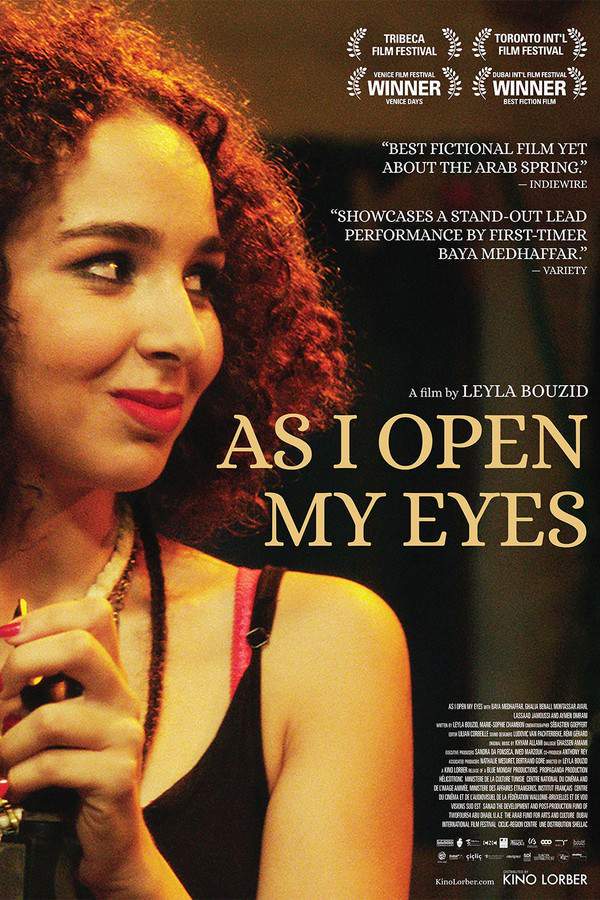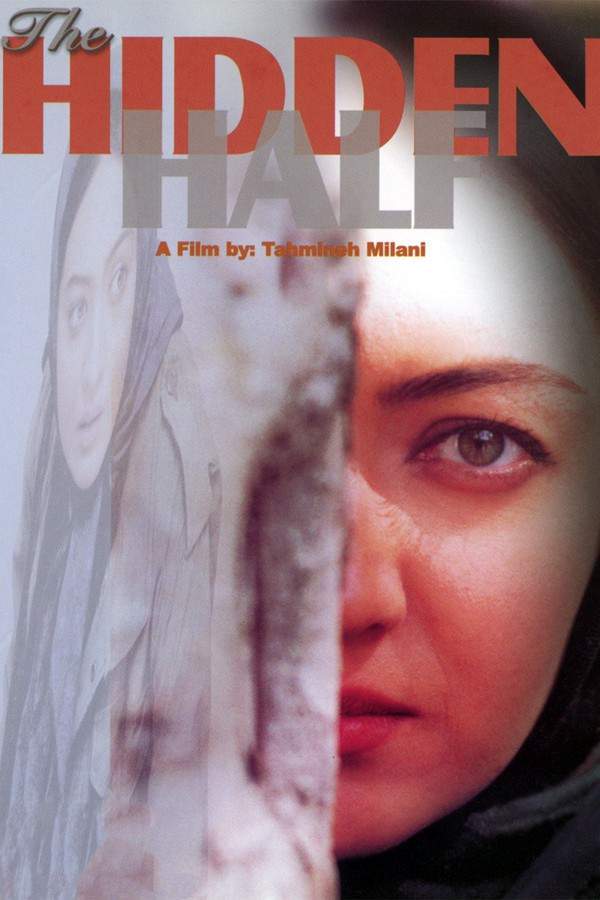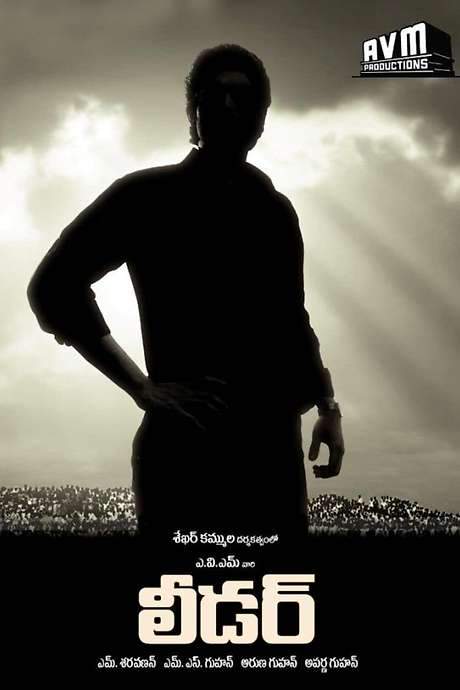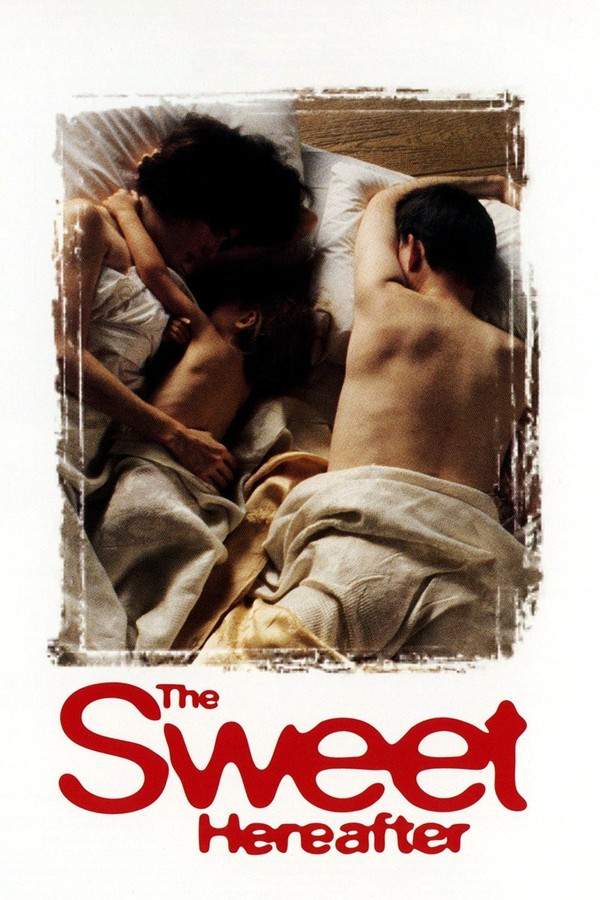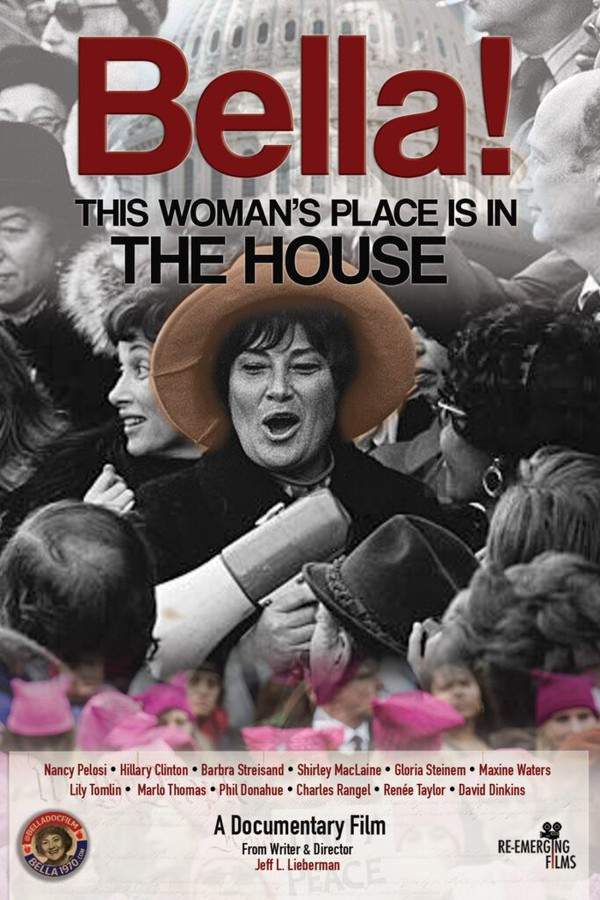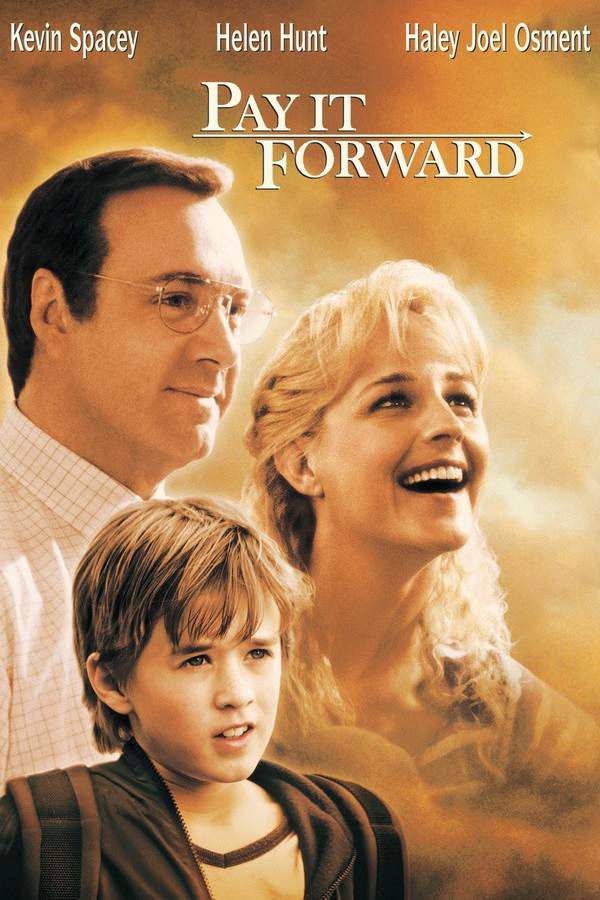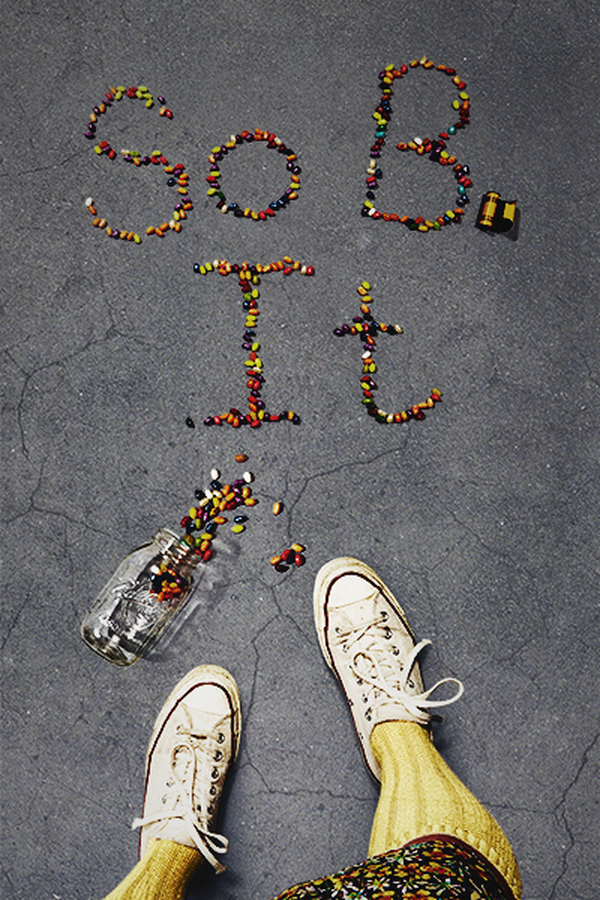
Let the River Flow
Year: 2023
Runtime: 118 mins
Language: Northern Sami
Director: Ole Giæver
In 1979, Ester moves to Alta, Northern Norway, to teach at an elementary school, concealing her Sámi heritage due to societal shame. Eager to fit in, she even participates in jokes targeting her own culture. A visit with her cousin Mikkhal to a camp protesting a dam project on the Alta River reveals a deeper struggle against the systemic racism and discrimination faced by the Sámi people. Following a tense clash with police, Mikkhal and others embark on a hunger strike in Oslo, prompting Ester to confront her identity and ultimately decide to stand with her community.
Warning: spoilers below!
Haven’t seen Let the River Flow yet? This summary contains major spoilers. Bookmark the page, watch the movie, and come back for the full breakdown. If you're ready, scroll on and relive the story!
Let the River Flow (2023) – Full Plot Summary & Ending Explained
Read the complete plot breakdown of Let the River Flow (2023), including all key story events, major twists, and the ending explained in detail. Discover what really happened—and what it all means.
In 1979, Ester Ella Marie Hætta Isaksen leaves for Alta to take a temporary teaching post. Before the move, she visits her mother Máret Maria Bock, who lives with her Norwegian husband Stein Finn Arve Sørbøe and their son Thomas William Sigvaldsen. On television, reporters discuss Sámi opposition to the Alta Hydroelectric Power Station, casting a shadow over the town’s future. Ester’s journey begins with a return to her roots: she joins her grandmother Áhkku Mary Sarre for cloudberry gathering, where Áhkku sings the yoik that her late father composed for Ester. Through Mihkkal [Gard Emil Elvenes], her cousin who arrives in his gákti, Ester is drawn toward the protest camps at Stilla [no], and there she encounters another Sámi activist, Risten [Sofia Jannok], opening her eyes to a broader movement.
As Ester starts teaching, she keeps her Sámi heritage hidden, brushes off anti-Sámi jokes, and voices a belief that the dam should proceed despite the protests. Outside the bar, her colleague Gøran [Ivar Beddari] flirts with her, and a Sámi man is harassed for not speaking Norwegian; Ester pretends not to know him, a moment that underscores the tensions of the town. Back at the Stilla camp, Ester absorbs the idea of non-violent resistance and witnesses the friction between protesters and local supporters of the dam, an ongoing conflict that mirrors deeper social rifts. The life of a Sámi student named Ailu becomes visible to Ester as she observes the social exclusion he endures, prompting her to search for her own gákti. Her grandmother Áhkku helps restore it, and Ester dons the garment for the first time since her confirmation, retreating to a shed where memories of her father overwhelm her with tears. Máret confesses a painful history—residential schools that punished Sámi children for speaking their language—sharing that there may be no easy future for Sámi in this landscape, a truth that weighs heavily on Ester’s sense of belonging.
Motivated by the situation, Ester joins the Sámi Action Group traveling to Oslo, where they establish a protest camp and begin a hunger strike against the dam’s construction. Ester endures a fifth-day collapse and is rushed to the hospital; Mihkkal, upon discovering she has broken her fast, reacts with anger and leaves, signaling how personal loss and collective struggle collide. The government agrees to pause construction until a new parliamentary debate, a victory that the Sámi activists interpret as a breathing space rather than a final settlement. During Christmas, Ester contends with Stein about whether the halt will hold, and she gives Thomas her father’s Four Winds hat, a gesture that Mary [Máret] finds uncomfortable. A tense confrontation with her mother follows, with Ester insisting that this place may no longer be her home.
At a meeting, news breaks that parliament has voted to resume dam construction, sharpening Ester’s resolve. Mihkkal urges her to listen as well as speak, handing over his car key and Sámi flag, symbols of responsibility and courage. Ester goes door to door, rallying support and meeting a mother whose children are harassed for wearing Sámi clothing. The day after, Mihkkal is found dead by suicide, a devastating blow that deepens Ester’s commitment even as it shakes her faith. At Mihkkal’s funeral, Máret appears in traditional dress, and a fragile reconciliation begins as Ester returns home with her mother and Áhkku. Stein extends his support for Ester’s civil-disobedience efforts, and she returns to the protest camp. The turnout grows with renewed energy, including the mother she spoke with earlier, and the movement presses on despite police pressure to clear the road. When an officer removes Mihkkal’s Sámi flag, Ester fights to reclaim it and is dragged away, an image that cements the personal costs of collective action.
Years later, Ester drives Ailu home from school, and the boy asks to see his room and to hear a yoik. While she initially hesitates, she finds the voice she thought she had lost and finally sings Mihkkal’s yoik, bridging past and present and reaffirming her bond to her family, her community, and the ongoing struggle for Sámi rights.
Last Updated: October 09, 2025 at 14:16
Explore Movie Threads
Discover curated groups of movies connected by mood, themes, and story style. Browse collections built around emotion, atmosphere, and narrative focus to easily find films that match what you feel like watching right now.
Movies about activist self-discovery like Let the River Flow
Characters finding their voice and identity through involvement in a high-stakes social movement.If you liked how Let the River Flow intertwined Ester's personal awakening with the Sámi land rights protest, you'll appreciate these films. This collection features powerful dramas where a character's journey to find their identity is inextricably linked to a fight for justice, offering similar stories of personal and political empowerment.
Narrative Summary
Stories in this thread typically follow an initially disconnected or conflicted individual who is drawn into a cause. Their internal struggle with identity, loyalty, or fear parallels the external conflict of the movement, culminating in a choice to fully commit, often at great personal cost.
Why These Movies?
These movies are grouped together because they share a powerful narrative structure that merges a character-driven identity crisis with a tangible political conflict. The emotional weight comes from the dual stakes: the fate of a community and the soul of an individual.
Movies with bittersweet endings like Let the River Flow
Stories where profound personal victory is tempered by the high cost of the struggle.Fans of the emotionally heavy yet hopeful conclusion of Let the River Flow will find more compelling stories here. These films explore difficult themes and deliver endings that are bittersweet, focusing on personal triumph and resilience even when the broader conflict isn't fully resolved.
Narrative Summary
The narrative pattern involves characters enduring significant hardship—often systemic injustice or personal trauma. The climax brings a resolution that is primarily internal or moral rather than external. The victory is the character's transformation and reclamation of their power, even if the worldly outcome is incomplete or tragic.
Why These Movies?
These films are united by their specific emotional payoff. They provide a deeply satisfying, cathartic experience that feels earned and realistic, balancing the heaviness of the subject matter with a resonant, hopeful core centered on human dignity and strength.
Unlock the Full Story of Let the River Flow
Don't stop at just watching — explore Let the River Flow in full detail. From the complete plot summary and scene-by-scene timeline to character breakdowns, thematic analysis, and a deep dive into the ending — every page helps you truly understand what Let the River Flow is all about. Plus, discover what's next after the movie.
Let the River Flow Timeline
Track the full timeline of Let the River Flow with every major event arranged chronologically. Perfect for decoding non-linear storytelling, flashbacks, or parallel narratives with a clear scene-by-scene breakdown.

Characters, Settings & Themes in Let the River Flow
Discover the characters, locations, and core themes that shape Let the River Flow. Get insights into symbolic elements, setting significance, and deeper narrative meaning — ideal for thematic analysis and movie breakdowns.

Let the River Flow Spoiler-Free Summary
Get a quick, spoiler-free overview of Let the River Flow that covers the main plot points and key details without revealing any major twists or spoilers. Perfect for those who want to know what to expect before diving in.

More About Let the River Flow
Visit What's After the Movie to explore more about Let the River Flow: box office results, cast and crew info, production details, post-credit scenes, and external links — all in one place for movie fans and researchers.


